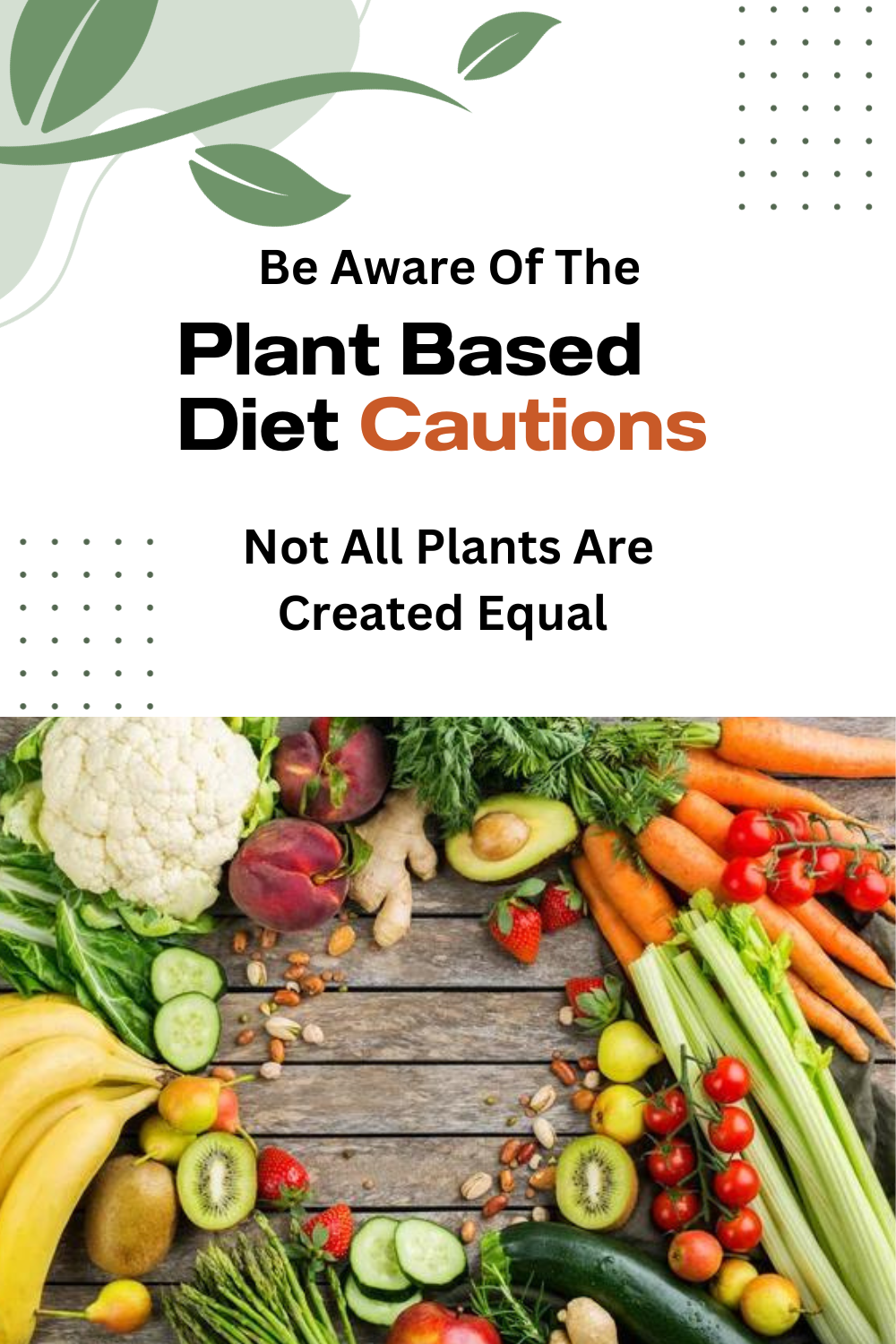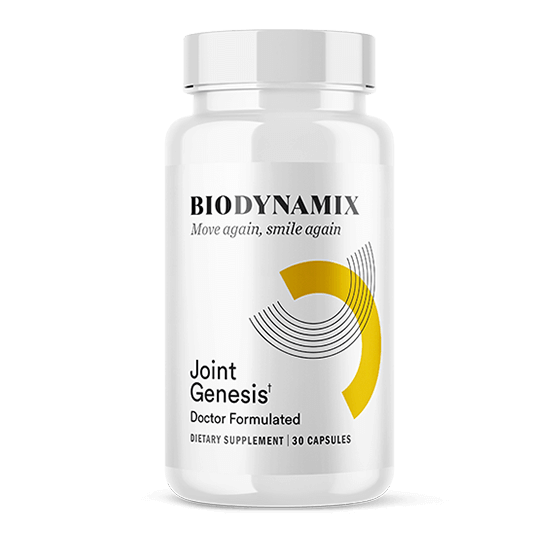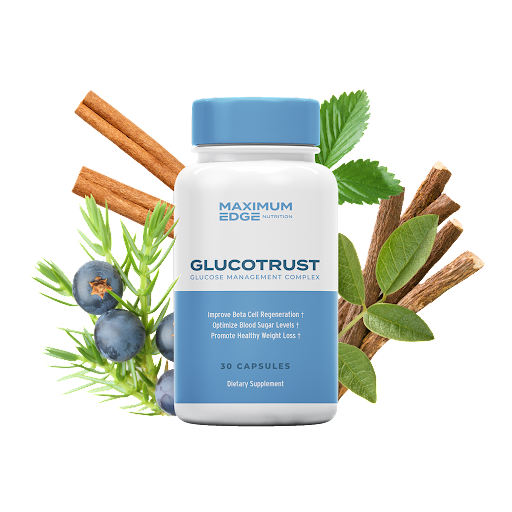"Is it true that some fruits and vegetables could be harmful?
Let's find out, so you become aware of the...
...Plant-Based Food Cautions"
Not all plants are created equal –
health issues linked to 'lectins', 'oxalates' and 'phytates'.
Someone told you all plants are good for you. Well, they are good – but only SOME of them. So here's some helpful information about certain plant foods that contain lectins, oxalates and phytates. This article aims to explain the harmful health effects of eating these substances and also to provide some guidance. So, lets take a look...
Understanding Lectins
What are lectins?

Lectins are naturally occurring proteins found in many plant-based foods that can adversely affect our health if consumed in excess or in the wrong way.
They serve as a defense mechanism for plants, protecting them against pests and predators. While our bodies can handle small amounts of lectins, high consumption can potentially trigger various health problems.
Harmful Health Effects of Lectins:
- Digestive Issues: Lectins have been known to interfere with the absorption of nutrients in the gut, causing digestive issues such as bloating, gas, and diarrhea. Although this is not a huge problem, it can be particularly problematic for individuals with pre-existing digestive disorders, such as irritable bowel syndrome (IBS) or inflammatory bowel disease (IBD).
- Inflammation: Lectins have an affinity for binding to the lining of our digestive tract, leading to inflammation and compromised gut health. Chronic inflammation has been linked to various health conditions, including arthritis, cardiovascular diseases, and autoimmune disorders. Individuals with autoimmune conditions, such as rheumatoid arthritis or lupus, may be particularly susceptible to the harmful effects of lectins.
- Leaky Gut Syndrome: Some studies suggest that lectins can contribute to a condition called "leaky gut syndrome." This condition occurs when the lining of the intestines becomes more permeable, allowing harmful substances (feces and bacteria) to pass through the gut lining and enter the bloodstream. This can potentially trigger immune reactions, systemic inflammation, and contribute to various health issues like autoimmune diseases.
- Nutrient Deficiencies: Lectins have the ability to bind to essential minerals like iron, calcium, and zinc, preventing their optimal absorption and utilization by our bodies. This nutrient interference can gradually lead to deficiencies and affect overall health and vitality.
NOTE: This is not a diagnostic chart and should not be used in place of your health professional to determine your recovery program.
High Lectin Foods:
| Beans | Legumes | Peanuts |
| Lentils | Cashews | Pumpkin |
| Butternut Squash | Zucchini | Tomatoes |
| Eggplants | Pineapples | Papayas |
| Strawberries | Peppers | Cucumbers |
Managing Lectin Intake:
- Cooking and Soaking: Cooking and soaking foods that contain lectins can help reduce their levels significantly. Boiling, pressure cooking, fermenting, and sprouting are effective methods to reduce lectin content in foods.
- Diversify Your Diet: Consuming a diverse range of foods can help minimize the potential harmful effects of lectins. Instead of relying heavily on lectin-rich foods, incorporate a variety of fruits, vegetables, lean proteins, and healthy fats into your diet.
- Listen to Your Body: Pay attention to your body's response to certain foods. Take one week to observe your diet and how it affects your body. Following that, dedicate the next week to completely excluding lectins from your meals. Pay close attention to the changes in how you feel. You might be surprised by the quick response and advantages of adopting a lectin-free diet.
It’s important to be aware of Lectins and their potential to make us sick. Eating a Lectin-heavy diet over time can be detrimental to your health.
Understanding these potential harmful health effects of eating lectins, and implementing strategies to manage their consumption, can help promote overall well-being and optimize health.
Some people after cutting out lectins from their diet have experienced incredible results – even with those nagging health issues!
While a small amount of lectins are generally safe for consumption, you may want to be mindful of your lectin intake – especially for individuals with specific health conditions.

Understanding oxalates
What are oxalates?
While some foods are generally considered healthy, it's important to be aware of specific compounds that may have adverse effects on our health if consumed excessively. One such group of substances is oxalic acid, a naturally occurring compound (sometimes refered to as oxalate) found in many fruits, vegetables, legumes, whole grains and even certain nuts and seeds.
This compound is used by plants to ward off fungi and mold. However, although small amounts of oxalic acid are not harmful, this compound can cause havoc to your health, as you'll see...
Harmful Health Effects of Oxalates:
Oxalate cystalization can form in the blood and tissues from the oxalic acid binding to minerals – especially calcium, magnesium, and iron. These nano and micro particles formed are crystals of oxylates – they're like glass shards! So naturally these crystals can cause particlar problems in the body.
Signs of Oxalate Overload: ∗ Kidney Stones ∗ Arthritic Joints ∗ Gastro Problems ∗ Headaches ∗ Digestion Problems ∗ Skin Conditions ∗ Risk of Developing Nutritional Beficiencies ∗ and other types of issues.
NOTE: This is not a diagnostic chart and should not be used in place of your health professional to determine your recovery program.
High Oxalate Foods:
| Beans | Peanuts | Bran |
| Beets | Sweet Potatoes | Tumeric |
| Sesame Seeds | Almonds | Swiss Chard |
| Figs | Blackberries | Chocolate |
| Rhubarb | Spinach | Kiwi |
| Kale |
Managing Oxalate Intake:
For individuals who are at a higher risk of oxalate-related health complications or have been advised by healthcare professionals to lower their oxalate intake, several simple dietary adjustments can be made:
- Moderation: Practice moderation when consuming oxalate-rich foods and include a variety of other healthy food options in your diet.
- Adequate Hydration: Drink plenty of water throughout the day, as proper hydration helps to dilute urine and reduce the concentration of oxalates.
- Cooking Techniques: Some studies suggest that boiling or cooking high-oxalate foods can help reduce oxalate levels, making them potentially safer to consume.
- Pair with Calcium: Consuming oxalate-rich foods alongside calcium-rich sources, such as dairy products or calcium-fortified foods, may help reduce the absorption of oxalates in the gut.
While oxalates are present in a variety of healthy foods, it is essential to understand the potential health risks associated with excessive consumption.
-Researchers have come up with about 50 mg day to be considered a low oxalate diet.
-Adults allowed to eat 150mg day without leaky gut. (100-150 mg probably ok)
The established toxic dose of oxalic acid is 4 grams and is enough to put someone into accute kidney failure!
With that said, most people can digest and eliminate oxalates without problems, but for some individuals, consuming high levels of oxalate-rich foods can have detrimental effects on their health. So managing oxalate intake is important to mitigate the harmful effects oxalates may have on health.

Understanding Phytates
Now lets shed light on a lesser-known yet vastly significant component of our diet – phytates. While phytates are natural compounds found in several plant-based foods, inadequate awareness and consumption of them can lead to health problems. This article aims to provide a detailed analysis of the associated issues and offer valuable guidance for those in need of nutritional support.
What are phytates?
Phytates, or phytic acid, are natural substances primarily found in grains, legumes, nuts, and seeds. These compounds serve a crucial purpose for plants, acting as a storage form of phosphorus, protecting them against pests, and facilitating germination. However, when consumed by humans, phytates can present some challenges to our health.
Harmful Health Effects of Phytates
- Reduced Mineral Absorption: Phytates possess a characteristic known as chelating, which can inhibit the absorption of essential minerals such as zinc, iron, calcium, and magnesium in our bodies. While this property may seem detrimental outright, it primarily affects individuals with diets heavily reliant on phytate-rich foods or those with preexisting mineral deficiencies.
- Mineral Deficiencies: When the intake of minerals becomes compromised due to phytates, it can contribute to various health issues. Iron deficiency, for instance, can lead to anemia, fatigue, and decreased cognitive function. Zinc deficiency, on the other hand, may weaken the immune system, hinder growth and development, and disturb reproductive health. Calcium and magnesium deficiencies can result in weakened bones, dental problems, and muscle cramps, respectively.
NOTE: This is not a diagnostic chart and should not be used in place of your health professional to determine your recovery program.
High Phytate Foods:
| Lentils | Beans | Chickpeas |
| Soybeans | Wheat | Barley |
| Oats | Rice | Corn |
| Almonds | Walnuts | Chia Seeds |
| Broccoli | Carrots | Kiwi |
| Tumeric | Spinach | Grapes |
Managing Phytate Intake:
- Diversify Your Diet: Incorporating a wide range of foods can help minimize the negative impact of phytates. By including various sources of minerals in your meals, you can enhance their overall bioavailability, ensuring that your body can absorb and utilize them optimally.
- Soaking, Fermenting, and Sprouting: Applying certain traditional food preparation methods like soaking, fermenting, and sprouting can significantly reduce phytate levels in foods. These techniques neutralize phytates, making minerals more available for absorption.
- Pairing Foods Strategically: Combining phytate-rich foods with those that are high in vitamin C or animal-based sources of protein can aid in improving mineral absorption. Vitamin C and protein both enhance the bioavailability of minerals, counteracting the inhibitory effect of phytates.
- Consider Mineral Supplements: In cases of severe deficiencies or individuals unable to diversify their diets suitably, appropriate supplementation, (found in the 91 essential nutrients) based on nutritional advice from professionals, could be considered to bridge the mineral gaps.
While it is crucial to understand the health problems associated with phytates, it is also essential to acknowledge that they are not inherently harmful. However, vegetarians, and people who eat a lot of high phytate foods may be at risk. But, ironically, when consumed mindfully and in balance, phytate-rich foods offer numerous health benefits.
Adopting a diverse and well-balanced diet, employing effective preparation techniques, you can mitigate any potential negative impacts, ensuring optimal nutrient absorption for a healthier, more vibrant life.
Note: Phytates can have both positive and negative effects on the human body. On one hand, they have antioxidant and anti-inflammatory properties, as well as potential anti-cancer effects.
On the other hand, phytates can bind to certain minerals, such as iron, calcium, and zinc, in the digestive tract and reduce their absorption. This may potentially lead to nutrient deficiencies over time if the diet is consistently high in phytate-rich foods and low in other sources of these minerals.
If you eat phytates, take your minerals at least two hours before, or two hours after you consume the phytates.
It is also important to note that the effects of phytates can vary depending on the individual and their overall dietary intake.

Now you're aware of the plant-based food cautions by understanding the potential health problems associated with lectins, oxalates and phytates. So, by adopting a balanced approach to nutrition, we can optimize our well-being and safely enjoy the benefits of a diverse, plant-based diet.

Please share this website or article with all of your friends and family! They will thank you for helping them to think differently about improving their health.
Disclaimer: This site offers health, wellness, fitness and nutritional information and is designed for educational purposes only and is not intended to replace the advice of your doctor. As with any nutritional information, be sure to check with your health care provider before beginning any new program.




